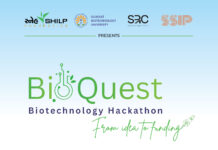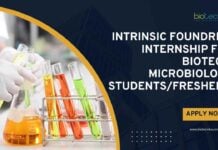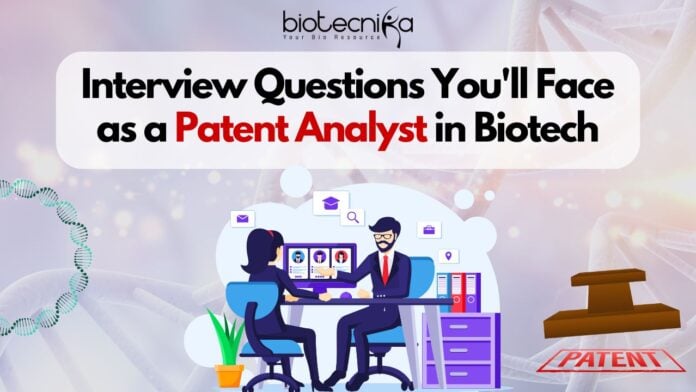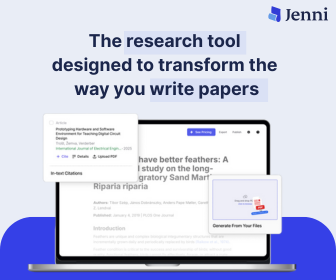Guide to Becoming a Biotech Patent Analyst
Every innovation in Life Sciences and Biotechnology begins with a spark-a gene, a molecule, or an idea with the power to heal, save, or transform lives. In today’s fast-paced Biotechnology landscape, where discoveries move swiftly and competition is intense, hope alone isn’t enough. Progress must be protected, both strategically and legally, and on a global scale. That’s where a Patent Analyst in Biotech becomes indispensable.
Biotechnology Patent Analysts work at the intersection of Science, Business, as well as Law, translating complex Biological advances into defensible IP (Intellectual Property). In an era defined by AI-driven Drug Discovery, mRNA vaccines, as well as CRISPR (Clustered Regularly Interspaced Short Palindromic Repeats) edits, protecting Scientific innovation is as critical as creating it.
If you’re preparing for an interview in this field, you’re not just seeking a job, but you are stepping into a role that shapes how Science reaches the world. This guide will help you understand what the job entails, what employers expect, the top questions you’ll face, as well as how to answer them effectively and with confidence.
Who Is a Biotechnology Patent Analyst?
A Biotechnology Patent Analyst evaluates Life Science innovations for their IP potential as well as strategic value. Their essential responsibilities include:
- Evaluating novelty and inventive step in accordance with global patent standards.
- Conducting prior art as well as FTO (Freedom-To-Operate) searches.
- Preparing IP landscapes, competitive intelligence, as well as Patentability reports.
- Advising R&D (Research and Development) teams on commercialization strategy and pipeline protection.
- Supporting attorneys in analyzing infringement risks as well as drafting claims.
Inventions often involve complex elements such as Bioinformatics tools, Genomic Sequences, or Therapeutic constructs, requiring both Legal foresight as well as technical precision.
What Do Employers Look for in a Patent Analyst in Biotech?
Succeeding as a Biotechnology Patent Analyst requires more than just technical understanding; it demands a multidisciplinary and skillful mindset. Leading employers are seeking professionals who can fluently navigate the intersections of IPR (Intellectual Property Law), commercial strategy, and Molecular Biology techniques. The role requires a blend of Scientific understanding, a keen eye for Legal detail, and practical communication skills to articulate complex ideas clearly and persuasively. Here’s what top employers seek in potential candidates:
- Regulatory & IP Knowledge
Understanding the Global systems is highly valuable and in demand. This includes the USPTO (United States Patent and Trademark Office), EPO (European Patent Office), WIPO (World Intellectual Property Organization) and WIPO ST.26 standards, the PCT (Patent Cooperation Treaty) as well as Patent prosecution timelines, - Scientific Expertise
A strong background in subjects such as immunology, Molecular Biology, Biotechnology, or Genetics is essential. Familiarity with Drug Development pipelines, Diagnostics, and Biologics is highly expected. - Communication Skills
Biotechnology Patent Analysts must explain the findings to Legal or Technical teams, contribute to cross-functional decisions, as well as write clear reports that are comprehensible and credible. - Analytical Thinking
Ability to break down inventions, conduct sequence homology assessments, and identify infringement issues or potential overlaps using advanced tools such as Patent Sequence Databases as well as NCBI BLAST (National Center for Biotechnology Information – Basic Local Alignment Search Tool). - Strategic Perspective
Understanding how IP aligns with a company’s and Business goals, like supporting market exclusivity, defending innovation, or even licensing Legal deals.
How to Prepare for a Biotech Patent Analyst Interview
Showcasing your ability to combine Scientific expertise with Legal IP strategy can aid in landing a Biotechnology Patent Analyst role in a leading company. An interview preparation strategy should be more than just memorizing techniques and terminology; it’s about understanding industry dynamics, communicating your values and insights, as well as thinking like a Biotechnology IP strategist. Here’s how to prepare effectively:
- Strengthen Technical Knowledge: Review concepts in gene editing, monoclonal antibodies, diagnostics, and therapeutic platforms.
- Understand Claim Structure: Learn to analyze independent and dependent claims for novelty and scope.
- Practice with Patent Tools: Utilize Espacenet, WIPO Patentscope, Lens.org, as well as PatBase for patent and landscape searches.
- Clarify FTO versus Patent Landscape: FTO checks specific commercial risks; landscape analysis outlines trends, gaps, and competitors in Scientific innovation.
- Ask Insightful Questions: Show initiative by inquiring about the company’s IP strategy, Patent portfolio direction, and interdisciplinary collaboration.
- Use the STAR Method: Prepare for behavioral and situational answers by utilizing the Situation, Task, Action, and Result method.
- Stay Updated: Follow leading sources such as IPWatchdog, Nature Biotechnology, as well as WIPO Magazine.
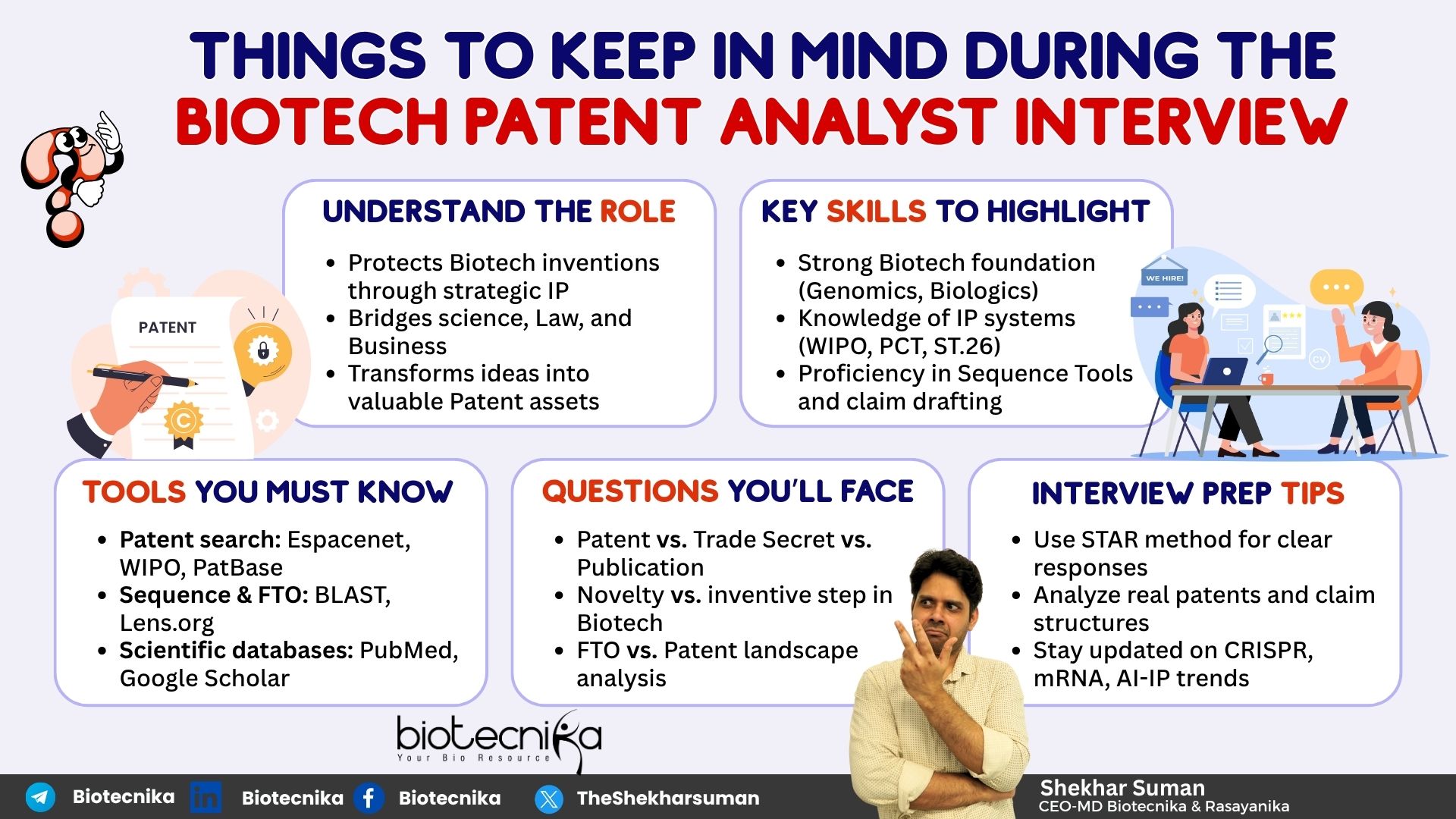
Top Interview Questions For Biotech Patent Analysis & How to Answer Them
Interviews for Patent Analyst in Biotechnology roles go beyond assessing textbook knowledge; they determine how well you can connect Scientific knowledge to IP Law, evaluate the value of innovation, as well as like an IP Strategist. Preparing for these questions in advance helps demonstrate not only your Technical abilities but also your awareness of the Industry’s expectations and the evolving landscape of Biotechnology IP.
- What is the difference between a Patent, a Trade Secret, and a Scientific Publication?
A Patent publicly discloses an invention in exchange for exclusive rights. A Trade Secret protects confidential know-how. A Publication shares information freely without Legal protection.
For example, an antibody’s structure can be Patented; the Cell Lines used for production may remain a Trade Secret, while the efficacy is Published. - Explain the difference between an Inventive step and novelty.
An inventive step implies that the invention is not apparent to someone skilled in the field. Novelty refers to the fact that the innovation hasn’t been disclosed anywhere before.
For example, a new protein variant may be novel, but proving its therapeutic advantage may be necessary to claim inventive step. - How would you perform a prior art search for a gene therapy vector?
Break down the invention into its components, including the therapeutic gene, vector type, and delivery method. Use patent databases (like WIPO & Espacenet), Sequence similarity tools (such as NCBI BLAST), as well as Scientific Literature (like PubMed). Apply Boolean logic, ST.26-compliant sequence listings, and CPC codes. - What makes a strong Biotechnology patent claim?
It should be supported by experimental Data, precise, as well as broad enough to deter workarounds, while still defensible. - How do you conduct a Freedom-to-Operate (FTO) analysis?
Identify commercial jurisdictions. Search active patents that could block the product. Analyze claims, Legal status, and expiration. Recommend design-arounds or licensing strategies. - What challenges arise in patenting Biologics vs. small molecules?
Biologics involve variability in expression, structural complexity (such as glycosylation), and require sequence-based claims with homology thresholds. Small molecules are chemically defined and easier to characterize. - How is AI influencing patent analysis in Biotechnology?
AI (Artificial Intelligence) accelerates prior searches, Semantic Analysis using NLP, as well as claim clustering. However, human analysts remain in demand for interpreting Legal language, novelty, as well as commercial context. - How can similar Biologics still qualify as distinct inventions?
Functional distinctions matter. Even with greater than 95% sequence identity, variations in Epitope binding, Post-Translational Modifications, or Glycosylation may confer novelty.
Conclusion: Step Into the Role of Innovation Guardian
Patent Analyst in Biotech interpret data as well as shape the future of innovations. They help bridge the gap between global markets and the global laboratory bench, and their valuable insights ensure that innovation is both enduring as well as impactful.
In the field of Biotechnology and Life Sciences, it’s not just the research and laboratory that drives advancements; it’s also the foresight to protect and legalize what’s been discovered.
Walk in ready to protect the next innovation because the future of Science depends on who discovers it, as well as who defends it legally.


